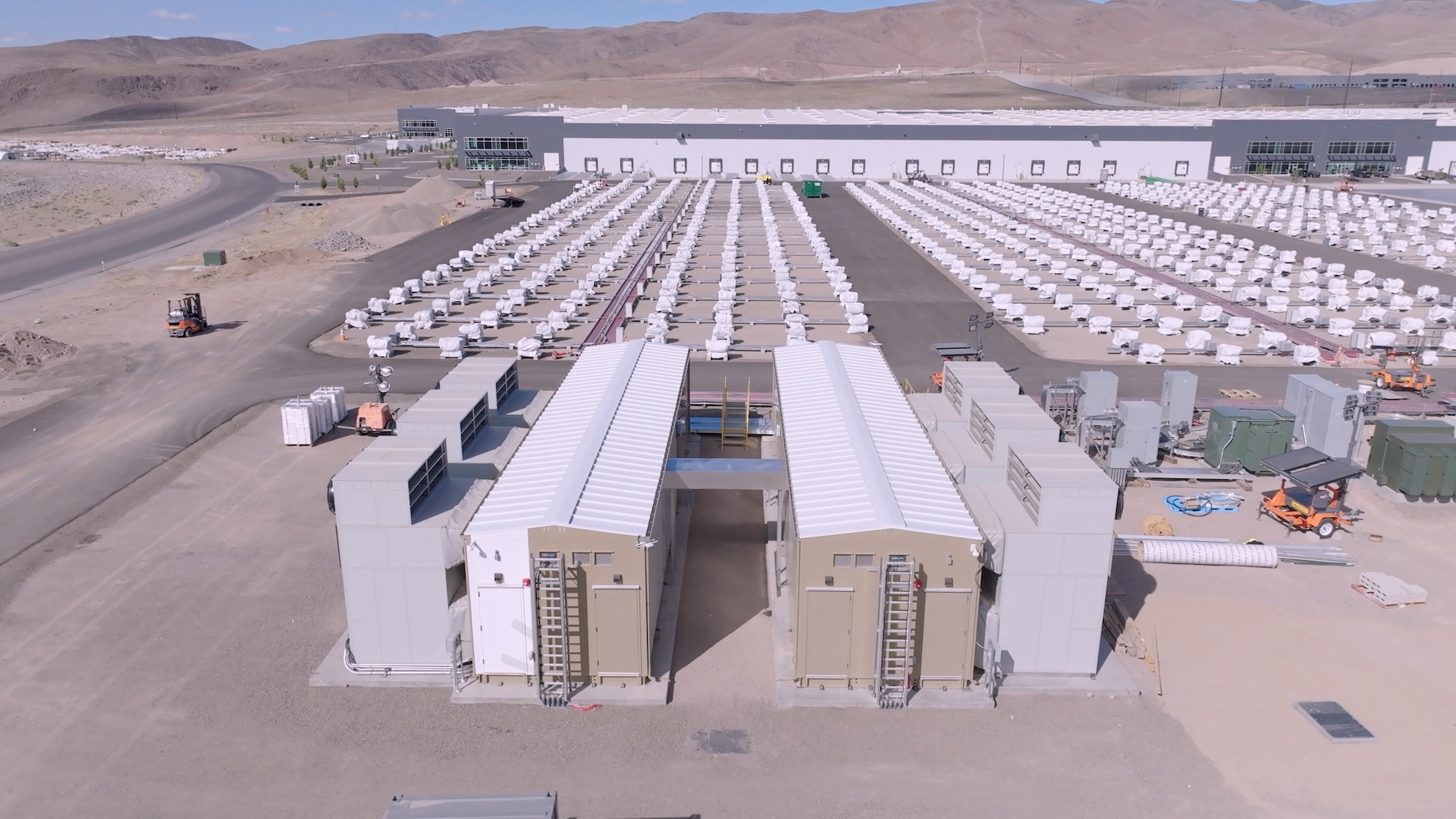
Ford Motor Company, a titan of American industry and a pioneering force in automotive manufacturing, is reportedly engaged in high-level discussions concerning the future of its flagship electric pickup truck, the F-150 Lightning. These internal deliberations, first brought to light by The Wall Street Journal, suggest a significant reevaluation of the automaker’s electric vehicle (EV) strategy, particularly in light of evolving market dynamics and production challenges. The news arrives on the heels of Ford’s late October decision to temporarily halt F-150 Lightning production, shifting focus and resources towards its highly successful hybrid and traditional gasoline-powered versions of the iconic pickup.
A Legacy Electrified: The Genesis of the F-150 Lightning
The F-Series pickup truck line, with the F-150 as its cornerstone, holds an unparalleled position in the American automotive landscape. For over four decades, it has reigned as the best-selling vehicle in the United States, a symbol of utility, durability, and American craftsmanship. Its cultural resonance extends far beyond mere transportation, embodying the spirit of hard work and rugged individualism. When Ford announced its ambitious plans to electrify this beloved workhorse, it marked a pivotal moment not just for the company, but for the entire automotive industry.
Introduced with considerable fanfare in May 2021, the F-150 Lightning represented a bold leap into the electric future for Ford. The unveiling event garnered significant attention, with President Joe Biden even test-driving a prototype, underscoring the national significance of an electric F-150. Ford initially promised a highly competitive base price of under $40,000, aiming to make electric trucks accessible to a broad market, from contractors to everyday families. This pricing strategy was crucial, intended to challenge preconceived notions about the affordability of EVs and leverage the F-150’s mass-market appeal. The company projected robust demand, signaling its intent to lead the charge in the electric pickup segment. The F-150 Lightning was positioned as more than just an electric truck; it was a statement of intent, a declaration of Ford’s commitment to a sustainable, electrified future, central to its multi-billion dollar investment into its dedicated EV division, Model e.
Production Roadblocks and Shifting Price Tags
The journey from concept to mass production for the F-150 Lightning was not without its hurdles. Ford officially commenced building and selling the truck in April 2022, marking a significant milestone. However, the initial promise of a $40,000 starting price quickly became an elusive target for most customers. Supply chain disruptions, exacerbated by global events and inflationary pressures, led to successive price increases. The cost of raw materials, particularly for critical battery components like lithium, nickel, and cobalt, surged, directly impacting manufacturing expenses. Moreover, the demand for semiconductor chips, already strained by the pandemic, continued to present bottlenecks across the automotive sector.
A particularly impactful setback occurred earlier this year with a fire at the Novelis aluminum supplier factory in Oswego, New York. Novelis is a key supplier of aluminum sheet for Ford’s F-Series trucks, including the Lightning. Aluminum is a crucial material for modern pickup trucks, offering a lightweight yet durable alternative to steel, which is especially important for electric vehicles where every pound saved contributes to improved range and efficiency. The disruption to the aluminum supply chain undoubtedly complicated F-150 Lightning production schedules and likely contributed to the decision to idle its assembly line in late October. Such incidents underscore the fragility of global supply chains and the ripple effect they can have on complex manufacturing operations, particularly for vehicles reliant on specialized components and materials.
Navigating a Challenging EV Landscape
Despite its iconic branding and initial market enthusiasm, the F-150 Lightning has encountered significant headwinds in the broader electric vehicle market. While it has consistently ranked among the top-selling electric trucks in the United States, its sales volume has remained modest, typically moving only a few thousand units per quarter. This performance falls short of the ambitious production targets Ford had initially outlined, which included ramping up to 150,000 units annually by mid-2023.
The electric truck market itself has proven to be more niche and challenging than some early projections suggested. Consumer adoption rates for EVs, while growing, have not universally met the aggressive forecasts set by many automakers. Several factors contribute to this cautious approach. "Range anxiety," the fear of running out of power before reaching a charging station, remains a significant concern for many potential buyers, particularly those who rely on trucks for long-distance hauling or work in remote areas. The availability and reliability of public charging infrastructure also vary widely across different regions of the U.S., adding to consumer apprehension. Furthermore, the higher upfront cost of many EVs, even with potential fuel savings, acts as a barrier for a segment of the market, despite government incentives.
The competitive landscape has also evolved. While the F-150 Lightning was an early mover, it faces competition from the Rivian R1T, GMC Hummer EV, and the much-hyped, albeit slow-to-launch, Tesla Cybertruck. Each competitor targets slightly different segments, but collectively they create a crowded field where market share is hard-won. The F-150 Lightning’s struggle to achieve higher sales volumes highlights a broader trend: the electrification of the automotive market is not a uniform wave but a complex, segmented process with varying speeds of adoption across different vehicle categories and consumer demographics.
The Financial Realities of Electrification
Ford’s consideration of the F-150 Lightning’s future is deeply rooted in the financial realities of transitioning to an all-electric lineup. Automakers, particularly legacy manufacturers, have invested tens of billions of dollars into developing new EV platforms, retooling factories, and establishing battery supply chains. These investments, while necessary for the long term, come with significant short-term costs and often result in lower profit margins, or even losses, on early EV models. Ford’s Model e division, responsible for its EV operations, has reported substantial losses, underscoring the financial strain of this transition.
General expert commentary suggests that achieving profitability in the EV sector requires scale and efficient production, both of which have been elusive for many manufacturers in the early stages. The high cost of battery materials, the complexity of manufacturing electric powertrains, and the ongoing research and development expenses contribute to the financial burden. For Ford, balancing these investments with shareholder expectations and the need to generate consistent profits from its core business (primarily internal combustion engine vehicles) is a delicate act. The decision to prioritize hybrid and gas-engine versions of the F-150 reflects a pragmatic pivot towards segments that are currently more profitable and in higher demand, allowing the company to fund its long-term EV ambitions without jeopardizing its immediate financial health.
Regulatory Shifts and Market Momentum
The regulatory environment surrounding electric vehicles has also played a complex role in shaping market dynamics. The original article mentions the impact of federal EV tax credits and emissions regulations. It’s crucial to clarify that while certain federal EV tax credits have undergone significant revisions and eligibility changes, particularly with the Inflation Reduction Act (IRA), they have not been completely "ended." The IRA introduced new criteria related to vehicle assembly in North America and battery component sourcing, which affected which EVs qualified for the full $7,500 credit, often making it more challenging for some models to qualify. These changes have a direct impact on consumer purchasing decisions, as the tax credit can significantly offset the higher upfront cost of an EV.
Historically, the Trump administration’s rollback of certain emissions regulations did signal a less aggressive stance on electrification compared to previous and subsequent administrations. While these changes didn’t directly halt EV adoption, they could have influenced manufacturers’ strategic timelines and investment priorities, potentially slowing down the pace of their EV transition compared to a more stringent regulatory environment. Conversely, the current administration has actively promoted EV adoption through infrastructure investments and revised emissions standards, creating a push-pull dynamic that automakers must navigate. The fluctuating nature of these policies adds another layer of uncertainty for long-term product planning and market forecasting.
Ford’s Broader Electric Vehicle Strategy
The potential discontinuation of the F-150 Lightning should not be viewed in isolation but as part of Ford’s broader, evolving EV strategy. The company remains committed to electrification, as evidenced by its continued investment in other EV models, such as the Mustang Mach-E and the E-Transit commercial van, and its ongoing development of next-generation EV platforms. However, the market signals are prompting a recalibration of approach. CEO Jim Farley has publicly acknowledged the challenges of EV profitability and the need to adapt to slower-than-expected growth in certain segments.
This strategic pivot may involve a greater emphasis on hybrid vehicles as a bridge technology, offering consumers improved fuel efficiency and lower emissions without the full commitment to an all-electric powertrain. Hybrids can appeal to a broader customer base, including those with range anxiety or limited charging access, serving as a stepping stone towards full electrification. Ford’s decision to boost production of hybrid F-150s, which have seen strong demand, aligns with this adaptive strategy. Furthermore, the company may choose to focus its EV efforts on vehicles where it sees a clearer path to profitability and higher market penetration, potentially including smaller, more affordable EVs or commercial applications where the total cost of ownership benefits are more compelling.
Looking Ahead: The Blue Oval’s Pivotal Juncture
The discussions surrounding the F-150 Lightning’s future highlight a critical juncture for Ford and indeed for the entire automotive industry. The transition to electric vehicles is proving to be a marathon, not a sprint, fraught with technological, financial, and market complexities. Automakers are learning that consumer preferences are diverse, infrastructure development is crucial, and profitability in the EV space is not guaranteed.
For Ford, the decision regarding the F-150 Lightning is more than just about one vehicle; it reflects the company’s delicate balancing act between its long-term vision for an electrified future and the immediate demands of market realities and financial performance. Whether Ford chooses to retool, re-strategize, or ultimately retire the F-150 Lightning in its current form, the outcome will send a powerful message about the pace and direction of the electric vehicle revolution within one of America’s most iconic automotive brands. The blue oval, a symbol of automotive heritage, is clearly navigating shifting sands as it charts its course through the electric frontier.





